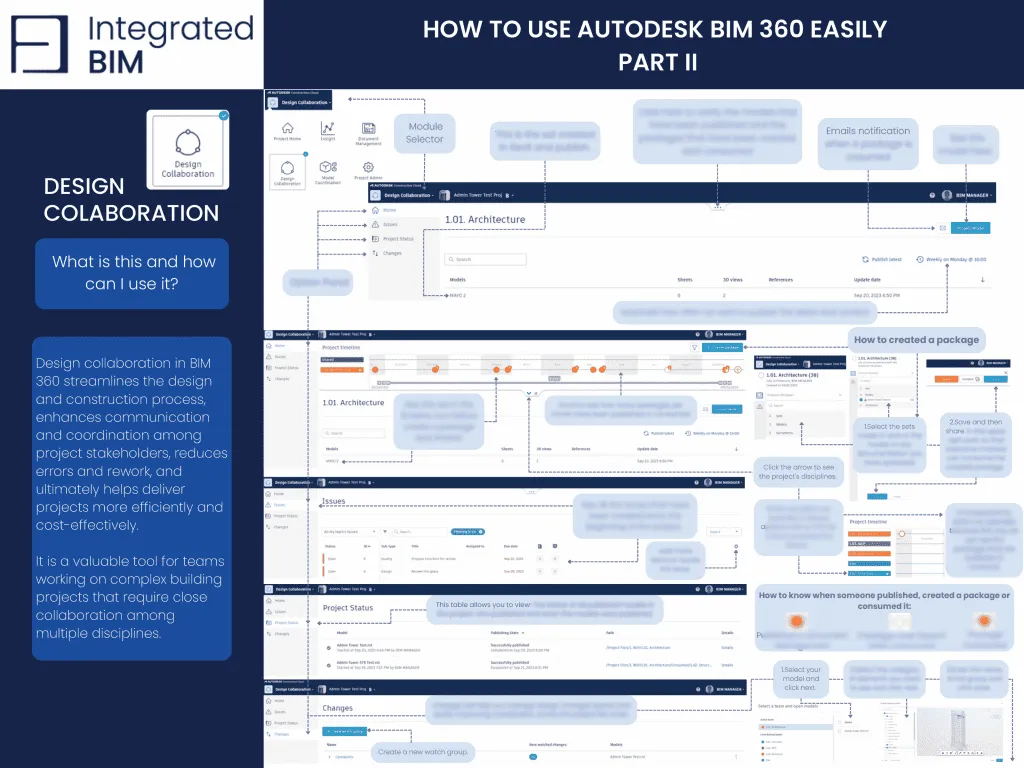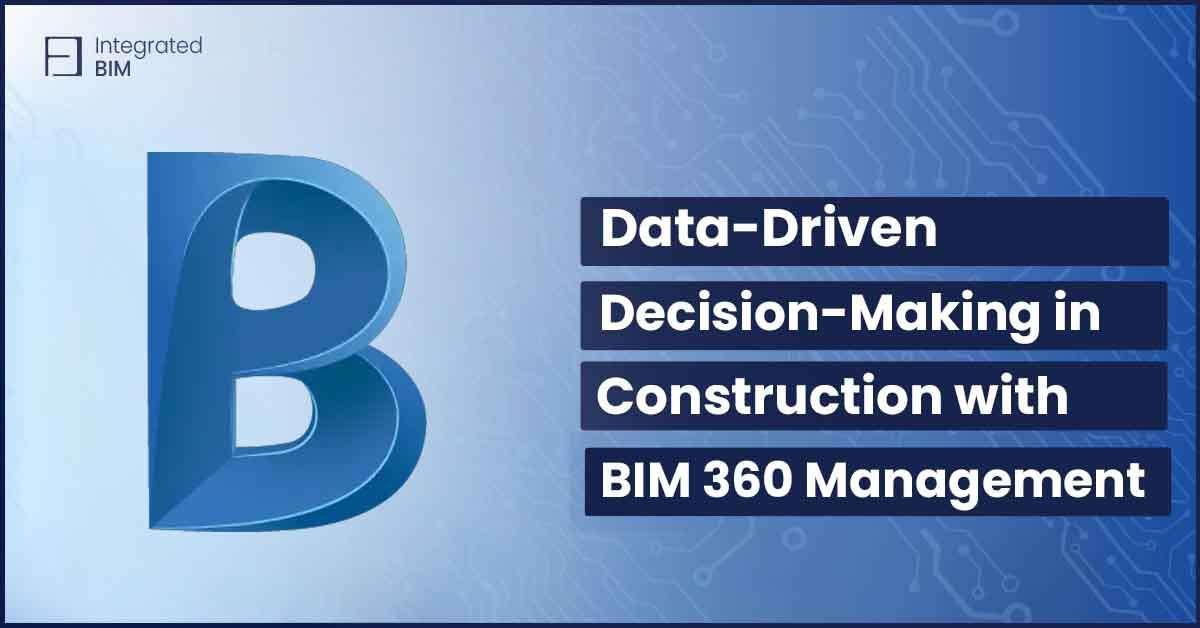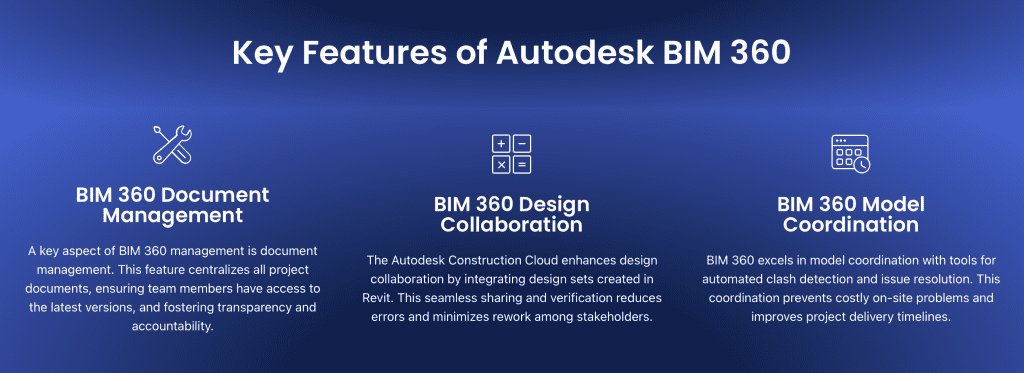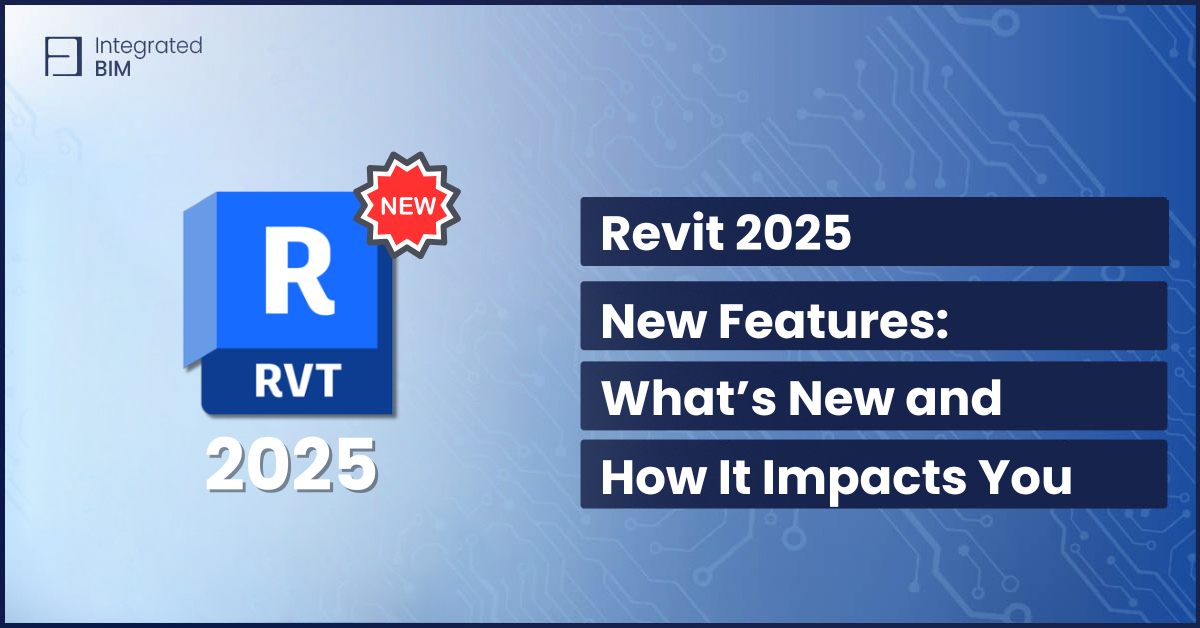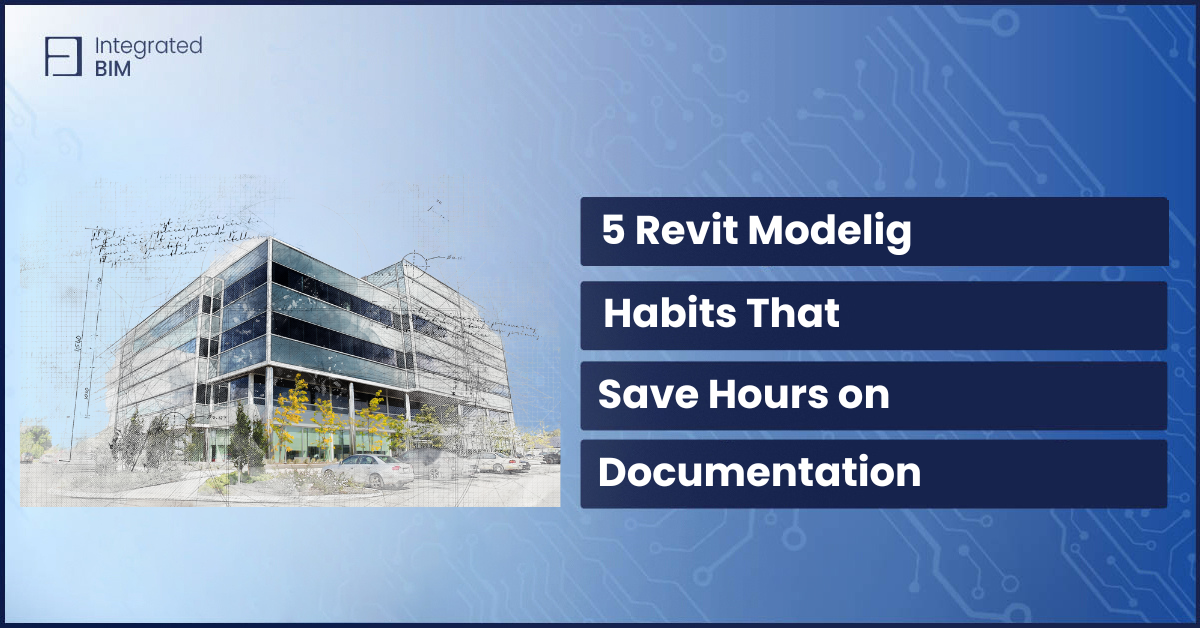The ability to make informed, data-driven decisions is crucial for project success. With the advent of Building Information Modeling (BIM) technologies, construction professionals have gained powerful tools to streamline project management and improve decision-making processes.
One of the leading solutions in this space is Autodesk BIM 360, a comprehensive project management platform that integrates data analytics and project collaboration to deliver unparalleled insights. In this article, we’ll explore how BIM 360 Management and Autodesk BIM 360 project management are transforming construction management and enabling more informed decision-making throughout the project lifecycle.
The Importance of Data-Driven Decision-Making in Construction
Construction projects are complex, involving multiple stakeholders, tight timelines, and significant financial investments. Traditionally, project management relied heavily on manual processes, experience-based judgment, and fragmented information sources. However, these methods often led to inefficiencies, delays, and cost overruns due to the lack of real-time data and comprehensive insights.
Data-driven decision-making has emerged as a solution to these challenges, offering a more structured and informed approach to project management. By leveraging data from various sources, construction professionals can make decisions based on facts rather than assumptions. This shift not only improves project outcomes but also enhances overall efficiency, risk management, and profitability.
What is BIM 360 Insight?
BIM 360 Insight is a critical component of the Autodesk BIM 360 platform that provides construction professionals with real-time access to project data and analytics. It is the central hub for all project-related information, offering a comprehensive view of project performance, risks, and opportunities.
The power of BIM 360 Insight lies in its ability to aggregate data from various sources—such as project schedules, budgets, quality reports, and safety metrics—into a single, easy-to-navigate dashboard. This data is then analyzed to provide actionable insights, helping project managers identify potential issues before they escalate and make informed decisions that keep the project on track.
Leveraging BIM 360 Management for Enhanced Collaboration
Autodesk BIM 360 project management is designed to streamline collaboration among project stakeholders, ensuring everyone has access to the same information at all times. This is particularly important in the construction industry, where projects often involve multiple teams working across different locations.
Key Features of BIM 360 Project Management
- Centralized Documentation
BIM 360 provides a centralized repository for all project documents, including plans, specifications, and contracts. This ensures that all team members are working from the latest version of the documents, reducing the risk of errors and rework.
2. Issue Tracking and Resolution
The platform allows users to log and track issues in real-time, from the moment they are identified through to their resolution. This feature is essential for maintaining project quality and minimizing delays caused by unresolved issues.
3. Submittals and RFIs
BIM 360 streamlines the management of submittals and Requests for Information (RFIs), automating workflows and ensuring that these critical documents are reviewed and approved promptly.
4. Task Management
Project managers can assign tasks to team members, set deadlines, and track progress through the BIM 360 interface. This helps to keep the project on schedule and ensures accountability across the team.
5. Communication Tools
BIM 360 includes built-in communication tools that enable team members to discuss issues, share updates, and collaborate in real time, regardless of location. This fosters a more collaborative working environment and reduces the communication gaps that can lead to project delays.
How BIM 360 Insight Enhances Data-Driven Decision-Making
BIM 360 Insight enhances data-driven decision-making by providing construction professionals with the information they need to make informed choices. Here’s how it works:
BIM 360 Insight offers real-time access to project data, ensuring that decisions are based on the most current information available. This is particularly important in construction, where conditions can change rapidly, and timely decisions are critical to project success.
2. Customizable Dashboards
The platform allows users to create customizable dashboards that display the data most relevant to their role. Whether you’re a project manager, quality control inspector, or financial analyst, you can tailor the dashboard to your specific needs, ensuring that you have quick access to the information that matters most.
3. Predictive Analytics
BIM 360 Insight uses predictive analytics to identify potential risks and opportunities before they arise. By analyzing historical data and trends, the platform can forecast future project performance and alert project managers to areas that may require attention.
4. Data Visualization
The platform’s powerful data visualization tools make it easy to interpret complex data sets. Graphs, charts, and heatmaps provide a visual representation of project performance, helping users to quickly identify trends and patterns that may not be immediately apparent in raw data.
5. Reporting and Analytics
BIM 360 Insight includes advanced reporting and analytics capabilities that allow users to generate detailed reports on various aspects of the project. These reports can be used to track progress, measure performance against benchmarks, and communicate key metrics to stakeholders.
The Role of BIM 360 Project Management in Risk Mitigation
One of the most significant benefits of using BIM 360 project management is its ability to mitigate risks throughout the project lifecycle. By providing a centralized platform for managing all aspects of the project, BIM 360 helps to identify and address potential risks before they become major issues.
Risk Mitigation through BIM 360
- Early Identification of Issues
With BIM 360, potential issues can be identified early in the project, allowing project managers to address them before they escalate. For example, if an RFI reveals a discrepancy in the design, the issue can be resolved quickly, preventing costly rework later in the project.
2. Improved Communication
Effective communication is key to risk mitigation, and BIM 360 facilitates this by providing a platform for real-time collaboration. All stakeholders can access the same information, reducing the likelihood of miscommunication and ensuring that everyone is on the same page.
3. Document Control
BIM 360’s document management features ensure that all team members are working from the latest version of project documents. This reduces the risk of errors caused by outdated information and ensures that the project proceeds according to plan.
4. Quality Control
The platform’s issue tracking and resolution features help to maintain quality throughout the project. By logging and tracking issues as they arise, project managers can ensure that they are resolved promptly, minimizing the impact on project quality and schedule.
5. Data-Driven Decision Making
By providing access to real-time data and predictive analytics, BIM 360 enables project managers to make informed decisions that mitigate risks and keep the project on track.
The Future of Project Management with Autodesk BIM 360
As the construction industry continues to embrace digital transformation, tools like Autodesk BIM 360 are becoming increasingly essential for successful project management. The platform’s ability to integrate data from various sources and provide actionable insights is revolutionizing how construction projects are managed.
Emerging Trends in BIM 360 Project Management:
- Integration with Other Technologies
BIM 360 is increasingly being integrated with other emerging technologies, such as IoT devices, drones, and augmented reality. These integrations enhance the platform’s capabilities, providing even more data and insights to inform decision-making.
2. Advanced Analytics and AI
As artificial intelligence (AI) and machine learning technologies continue to advance, we can expect to see even more sophisticated analytics capabilities in BIM 360. These technologies will enable the platform to provide deeper insights, identify patterns, and make predictions with greater accuracy.
3. Increased Collaboration
The trend towards remote work and distributed teams is driving the need for more robust collaboration tools. BIM 360’s cloud-based platform is well-positioned to meet this need, providing a central hub for project collaboration regardless of location.
4. Sustainability and Efficiency
With a growing emphasis on sustainability in construction, BIM 360 is evolving to support more efficient, eco-friendly practices. The platform’s data-driven insights can help project managers identify opportunities to reduce waste, optimize resource use, and improve overall project efficiency.
5. Enhanced User Experience
Autodesk continues to invest in improving the user experience of BIM 360, making the platform more intuitive and accessible. This focus on usability will ensure that construction professionals can fully leverage the platform’s capabilities to drive better project outcomes.
In conclusion, as the construction industry continues to evolve, BIM 360 will play an increasingly vital role in enabling data-driven decision-making. By integrating data analytics, real-time collaboration, and predictive insights into a single platform, Autodesk BIM 360 empowers construction professionals to manage projects more effectively, mitigate risks, and ultimately deliver better results.
Ready to transform your construction project management approach with Autodesk BIM 360? Contact Integrated BIM today to discover how our expert BIM consulting services can help you integrate and make the most out of this innovative platform. Book a free consultation with our experts today!
This exclusive resource provides expert insights to streamline your BIM 360 experience. Elevate your architectural endeavors. Get our BIM 360 Cheat Sheet now!
